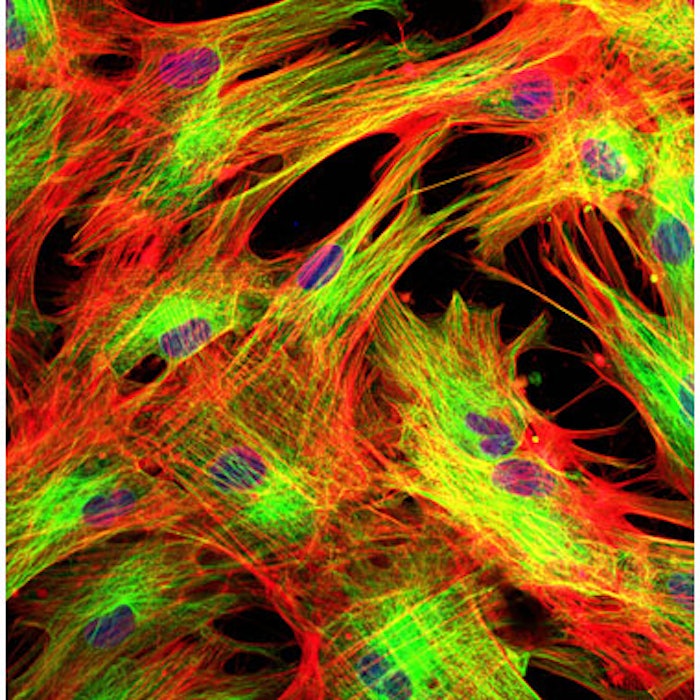
Intradermal botulinum toxin injections can cause dermal fibroblast contraction, providing a lifting effect for facial rejuvenation, but this effect varies based on brand and dilution. In an effort to determine how—and whether—intradermal botulinum toxins create visible lifting in the midface, researchers Rungsima Wanitphakdeedecha MD, MA, MSc, et al, treated normal human dermal fibroblasts with onabotulinumtoxin (ONA), abobotulinumtoxin (ABO), prabotulinumtoxinA (PRABO), incobotulinumtoxinA (INCO), and letibotulinumtoxin A (LETI) in varying dilutions. They then photographed and measured the length of the fibroblasts every two hours from baseline to 12 hours post‐treatment.
ONA is the only formulation that did not significantly decrease fibroblast lengths, at any timepoint or dilution. ABO at 1:7 dilution decreased fibroblast lengths after two hours with significant shortening at 10‐12 hours. PRABO decreased fibroblast lengths at 1:7, 1:8, 1:9 and 1:10 dilutions with immediate shortening at 1:7. INCO decreased lengths almost immediately at 1:6, 1:8, 1:9 and 1:10 dilutions. At a 1:7 dilution, it decreased lengths after 2-4 hours. LETI decreased lengths with near‐immediate effects at 1:6, 1:7, 1:8 and 1:10. The authors noted that INCO was the only toxin that significantly shortened fibroblasts at all dilutions investigated.
Based on the variances between brands, the authors questioned whether the fibroblast-shortening effect is the result of particular toxin type or the nontoxin components of the commercial preparations. In addition, while the length of the fibroblasts was decreased, there was no change to the overall size of the cells, suggesting no cytotoxic effect.
The study appeared in the Journal of Cosmetic Dermatology (October 2019)
Image copyright iStock.com/vshivkova











